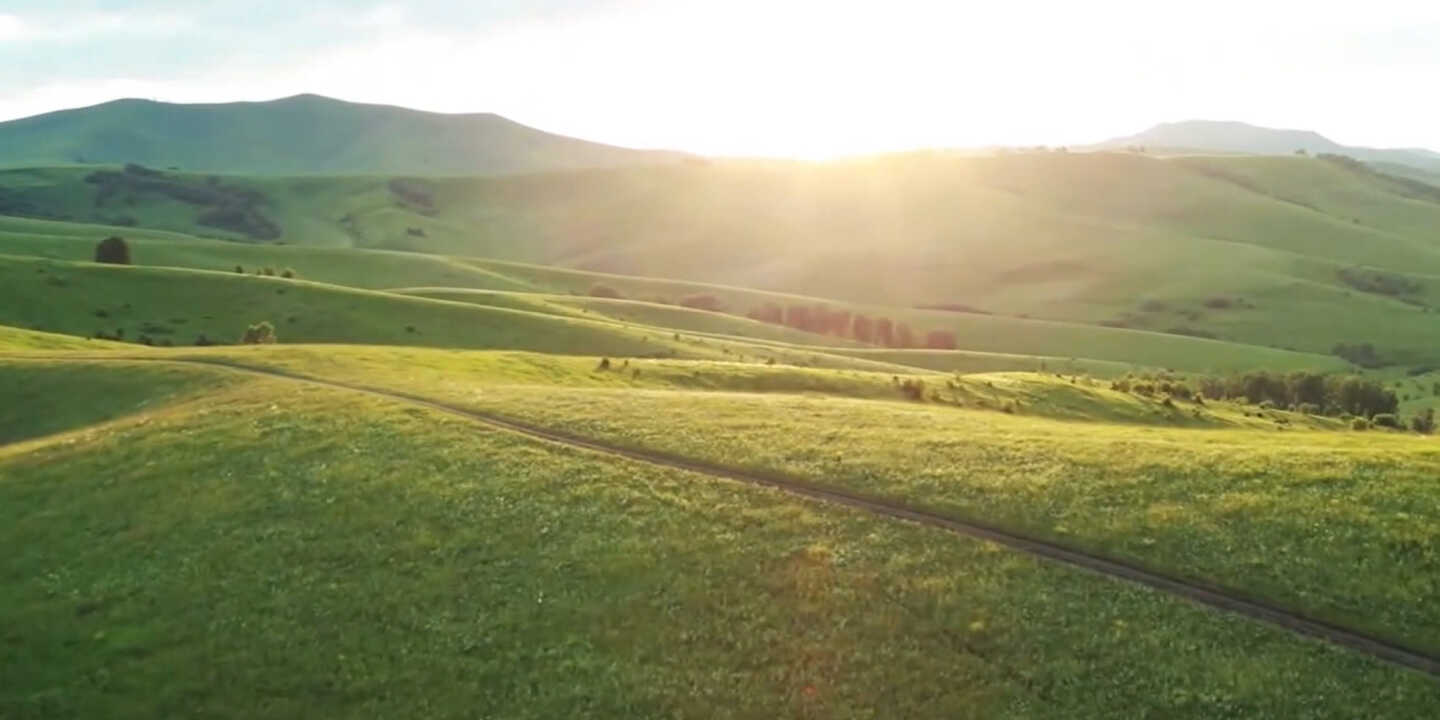我是James Chau,The China Current 節目主持人
我是特約主持Laura de Belgique
在全球疫情爆發之前,國際社會已經面對貧窮、飢餓和氣候變化。新病毒出現,帶來重大的破壞,人類終於知道要徹底改變生活方式
同時亦更加意識到我們的弱點,以及要好好守護我們的地球。目前各國致力從疫情中復原,我們應更努力確定,大家的措施都以環保和可持續為依歸。中國有14億人口,將會是這復原過程的一個重要關鍵。
中國是世界上溫室氣體排放量最高的國家,同時亦積極採取措施去扭轉對環境的影響。國際人權組織The Elders 主席 Mary Robinson 去年向 The China Current 表示,她鼓勵各國採取更進取的手段
我們都見到中國在減排和保護環境方面的努力,2008年北京奧運舉行的時候,工廠都停工讓空氣污染消退。由開幕儀式當晚以至奧運及殘奧會舉行期間,天空一直都是藍色。
關閉重型工廠和煤礦,明顯對減少即時的空氣污染非常有效,可惜這只是短暫的補救方案。長遠還是應該針對問題根源,投放資源去發展環保基建,特別在大都市中心。
世界銀行指出2030年之前,中國將會有10億人住在城市。為此,大家可以作出甚麼預備工作?舉一個例子:外牆垂直花園,以綠色植物構成的建築物。垂直花園有效減低人和燃料排放的碳足印,因此在中國和世界各地越來越普遍。
兩年前,一位在米蘭興建了一座垂直森林的意大利建築師,Stefano Boeri 展開了「南京垂直森林」的建設,屬亞洲首個同類型項目。包括了兩座座落於南京的大樓,為當地的生物多樣化作出貢獻,同時預計每年可以吸收25噸二氧化碳,以及每日製造60公斤氧氣。
建築師 Boeri 在今年稍後時間還會在柳州,一個位於廣西的中型城市,創建全球第一個森林城市,足以讓3萬人在環抱4萬棵樹木及100萬株植物的環境下居住。總計這一片植被可以吸收1萬噸二氧化碳及57噸污染物。
森林城市可以自給自足,有效協助降低溫度、改善空氣質素,阻隔噪音、為生物提供更多棲息地,及為當區創造生物多樣性。全城運用可再生能源,特別是太陽能和地熱。項目成功的話將會有很重大的意義柳州是一系列小型可持續發展城市的試點,可以成為中國其他未來都市的典範。另一邊廂,在北京外圍的工業重鎮石家莊,有另一個項目在計畫當中。這裡的污染問題十分嚴重,森林城市和垂直花園,只是可持續生活的其中一些方式。
2022 北京冬季奧運會即將舉行,中國和奧委會亦合力將盛事變得更環保。而且在奧運會之前,中國和多個國家例如印度、美國,將會就疫情後的世界環保議題展開高峰會,期待這個會議可以幫助全球朝向更好的未來發展。
Global Green Recovery
I’m James Chau, Host of the China Current.
And I’m Laura de Belgique, Contributing Editor.
Even before the pandemic, our global society has long been hit by poverty, hunger and climate change. But the arrival of a new virus and the damage it’s caused has made us aware that we can’t live the way we once did.
It’s also made us more conscious of our weaknesses and our duty to the planet we share. As the world invests in a post-COVID recovery, we need to make sure that the core of our response is green and sustainable. China, with its 1.4 billion people, is central to this story.
It’s the world’s biggest greenhouse gas emitter, but it’s taking serious steps to transform its approach to the environment. Mary Robinson, Chair of the Elders, told The China Current last year that she’s encouraged the country to be even more ambitious in its actions.
We’ve all witnessed China’s effort to become cleaner and greener. I still remember the Beijing Olympics in 2008 when factories were shut down to clear away the air pollution. On the night of the Opening Ceremony, and throughout the Olympics and Paralympics, deep, blues skies were everywhere to be seen.
Closing down heavy industries and coal mines is an obvious and much-needed solution to reduce air pollution. But it is also a short-term fix. The longer-term gain is to address the root of the problem by investing in green infrastructure, particularly in urban centers.
According to the World Bank, by 2030 one billion people in China will be living in cities. So, what are we doing to prepare ourselves for that trend? Take, for example, vertical gardens, buildings made of living plants. These gardens help offset the carbon footprint of both people and fuel emissions and it’s gaining in popularity in China and worldwide.
Two years ago, Stefano Boeri, the Italian architect, who designed a vertical forest in Milan, began work on The Nanjing Green Towers, a first for Asia. Its two towers in the Chinese city of Nanjing to not only help regenerate local biodiversity, but is also designed to absorb 25 tons of carbon dioxide a year and produce 60 kilos of oxygen each day.
Mr Boeri is not stopping there. Later this year, he’ll break ground on the world’s first Forest City in Liuzhou, a mid-sized city, also in China, in the southern province of Guangxi. The Forest City will be home to 30,000 people who will live amongst a landscape of 40,000 trees and 1 million plants. Together, this wealth of nature will absorb 10,000 tons of carbon dioxide and 57 tons of pollutants.
The Forest City will be self-sufficient, helping to lower air temperatures, improve local air quality, create noise barriers, generate habitats, and build biodiversity in the region. The whole city will run on renewable energy, especially solar and geothermal. If this works, it could have a huge impact. Liuzhou is a pilot for a series of mini sustainable cities that could become a template for future urban centers in China. A second project is planned for Shijiazhuang, an industrial hub outside Beijing and one of the most polluted in the world. Forest cities and vertical gardens are just a few of many ideas for sustainable living.
With the Winter Games in Beijing in 2022, China, with the International Olympic Committee, is trying to make the event as green as possible. But there’s another opportunity before then. China with other countries, like India and the US, will meet for a major summit that seeks a global green recovery from the pandemic. And maybe the outcomes of this meeting will reset the world towards something better.

